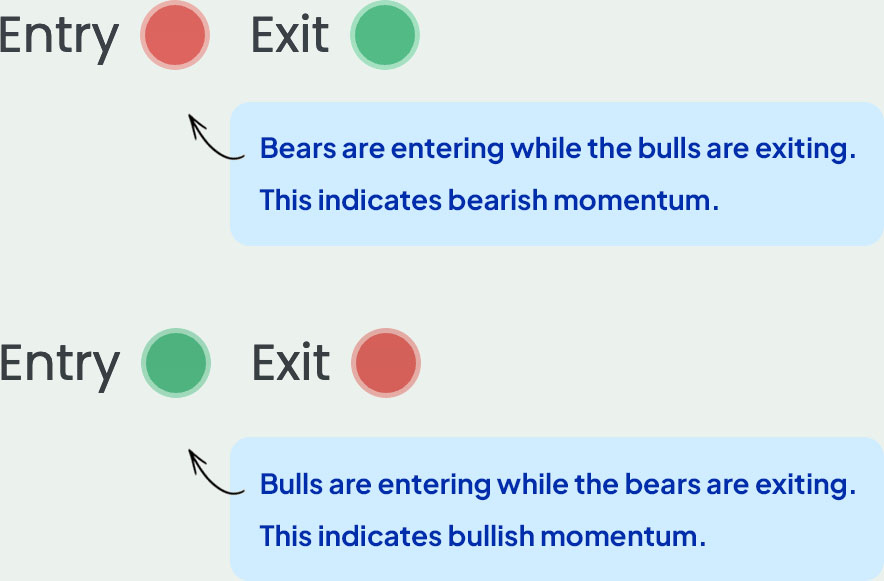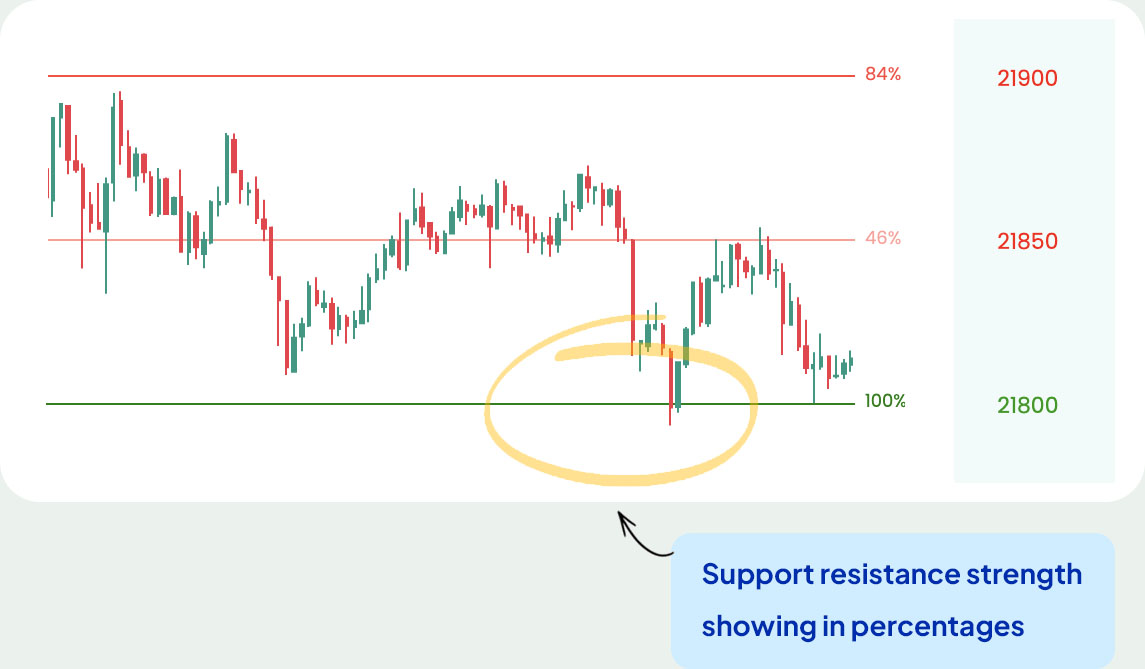PCR
The Put-Call Ratio (PCR) is used to
measure the overall sentiment of the market. It is calculated by
dividing the total number of traded put options.

(Put Oi) by the total number of traded
call options (Call Oi).
PCR > 1: Indicates a bearish sentiment,
with more puts traded, suggesting expectations of a market decline.
PCR < 1: Shows a bullish sentiment, with
more calls traded, implying an anticipated market rise.
Rising PCR: A rising PCR suggests bullishness in the market.
Declining PCR: A declining PCR suggests bearishness in the market.
Declining PCR: A declining PCR suggests bearishness in the market.
PCR should be used alongside other
indicators for a comprehensive market analysis.






















